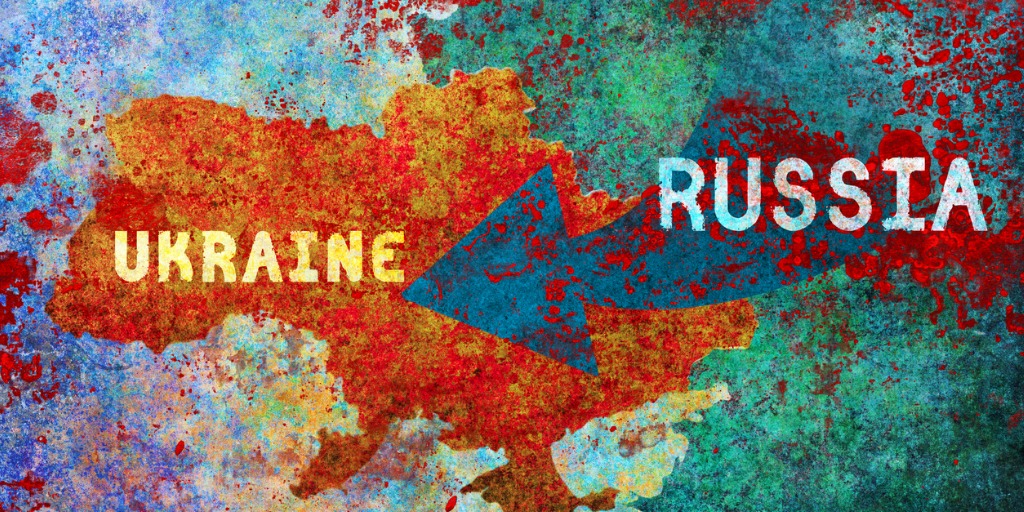The state of hedge funds – Is global macro back?
After a fallow period following the global financial crisis, global macro funds last year delivered their best performance since 2008, with aggressive bets on soaring interest rates. This comes as no surprise, as macro funds are supposed to thrive during seismic shifts in the macro regime. Will this prove to be a one-off for macro funds, or have we entered a new era of macro volatility in which this industry subset continues to thrive?
***
Prefer to listen instead of read? Use the links or player below to listen to this article as published on our podcast, The Intuition Finance Digest.
Listen on Spotify | Listen on Apple Podcasts | Listen on Amazon Music
***
When global markets are buffeted by economic and geopolitical storms – as is presently the case – investing becomes more of a challenge for most investors. One exception is global macro funds, which bet on macro themes such as monetary policy, interest rates, inflation, and geopolitical issues, using a variety of trading strategies across equity, fixed income, commodity, and currency markets. With the long bull market that followed the global financial crisis potentially over, global macro hedge funds are back in favor.
Last year saw macro hedge funds post an aggregate 12.2% return against an overall return of -0.7% for the broader hedge fund industry, with the classic 60/40 equities/bonds portfolio having its worst year since 2008. This bears out the experience that when financial markets are in disarray, global macro funds can profit from the dislocations as they go in search of “crisis alpha.”

Cluster of events fuels global macro returns
The list of disruptive macro events last year is long. The overarching theme was inflation proving far more persistent than anticipated, forcing developed market central banks, led by the US Fed, into one of the most aggressive policy tightening campaigns on record.
The invasion of Ukraine just one year ago prompted further turmoil in already fragile financial markets, exacerbating inflation as oil prices climbed well over USD 100 per barrel and gas prices in Europe soared, prompting fears of a deep recession in Europe, where the industry is heavily reliant on gas supplies from Russia.
China and its zero-COVID policy were another source of concern for much of 2022, adding impetus to reshoring and “friendshoring” (the relocation of supply chains to “friendlier” nations) trends that were already under way. Then, in the fall, a political crisis in the UK caused a coordinated collapse in UK assets, particularly sterling and gilts.
These events contributed to conditions in financial markets not seen in decades, providing a rich opportunity set to global macro hedge funds.
Most of the gains came from rates markets, as funds profited handsomely from surging bond yields with aggressive directional rates trades. The equities and FX asset classes also offered plenty of opportunity. Broader equity markets tumbled, offering decent returns for those investors that were short, while additional alpha could be found exploiting the stark divergences within the equity space – for example, being long “inflation beneficiaries” such as resource stocks while shorting rate-sensitive sectors, including expensive tech.
In FX, the theme of the year was monetary policy divergence. Logically, the most lucrative trade was shorting the yen against the dollar – a play on the most extreme policy divergence in developed markets, as the Bank of Japan continued to suppress rates through yield curve control while the Fed hiked aggressively.
Although global macro in aggregate did well and some funds recorded stellar gains, there were casualties too. Any funds on the wrong side of the big moves of the year suffered steep losses. Plenty of funds were long Russian and Ukrainian assets at the time of the invasion, based on strong prevailing fundamentals underpinned by the positive commodities outlook. In a year full of traps, it was possible to be in the “right” theme but still suffer severe losses, getting wrongfooted by this geopolitical “black swan.” This event was a major drag on broader emerging market macro.
[Inflation targeting – What it is, and has the 2% goal run its course?]

Global macro outlook 2023
Should investors expect more of the same in 2023, and will global macro outperform again?
So far in 2023, the market environment couldn’t be more different to 2022. Risk assets kicked off the year with strong gains, confounding most observers and inflicting losses on the strategies that worked last year. Some equity indices (mostly in Europe) have even surpassed their all-time highs. This is baffling to many investors, particularly as the sources of weakness in 2022 have not gone away. The war in Ukraine rages on, inflation remains stubbornly high, and central banks remain firm in their commitment to tighter policy.
In the US, markets are pricing an end to Fed tightening in May at a terminal rate of 4.9%, but the consensus expects a pause in tightening (in line with the Fed’s guidance), rather than a pivot toward policy easing.
All of this plays out against a highly volatile geopolitical backdrop, with friendshoring likely to continue, implying profound further disruptions to supply chains still to come.
Given this broadly unchanged backdrop, why have risk assets performed so well?
The most likely explanation is the removal of at least three key tail risks.
First, China reopened late last year, effectively abandoning its zero-COVID policy.
Second, Europe weathered the gas-supply storm remarkably well, helped by a robust policy response and an unseasonably warm winter.
Third, a slew of economic data across developed markets surprised to the upside, suggesting recession has been averted, at least for now.
Another factor was extreme bearish investor positioning coming into 2023. This provided additional fuel to the risk rally, as underexposed investors chased higher prices and hedge funds were forced to cover shorts.
Regardless of what the drivers of the rally may be, there are strong arguments for the bear market reasserting itself. Not only do investors still face numerous challenges, but perhaps more importantly, asset valuations are still rich. While a case can be made for bonds, equities are expensive on most metrics, particularly the US market which trades at close to a record-high P/E multiple, with margins (and earnings) projected to come under further pressure later this year. If history is a guide, this is not the sort of valuation set-up out of which new bull markets are born.
Unless that fundamental appraisal is wrong, global macro funds could have another good year in 2023 after a wobbly start. That said, the “surprise” factor on which these strategies also rely is diminished. Markets and economies are adaptive, the 2022 playbook is well-rehearsed, and investors’ concerns are reflected in market positioning, even after the adjustments that took place in early 2023. Therefore, if global macro hedge funds are to deliver returns anything like those of 2022, they may require a new set of surprises.
Intuition Know-How has a number of tutorials related to the content of this article:
- Hedge Funds – An Introduction
- Hedge Funds – Strategies
- Hedge Funds – Investing
- Asset Classes – Primer
- Asset Classes & Investing
- Asset Classes – Types
- Commodities – An Introduction
- Commodities – Crude Oil
- Commodities – Natural Gas
- Inflation Indicators
- GDP Indicators
- Monetary Policy Analysis
- Emerging Markets – An Introduction
- Equity Valuation – An Introduction


